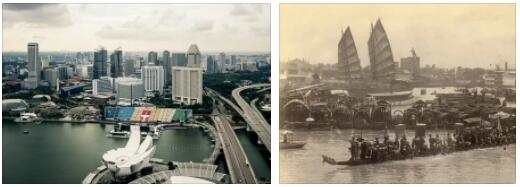Xi’an Jiaotong-Liverpool University
SUZHOU, CHINA Brief information According to AbbreviationFinder, Xi’an Jiaotong-Liverpool University was formed in 2006 from a cooperation agreement between Jiaotong-University Xi’an and the University of Liverpool. The research focus of one of the first Chinese-British universities is not only subjects from the natural sciences and mechanical engineering, but also language and culture. Around 8,000 students from over 50 countries are currently studying at the international cooperation university. International students at XJTLU have the opportunity to take English and Chinese language…





























